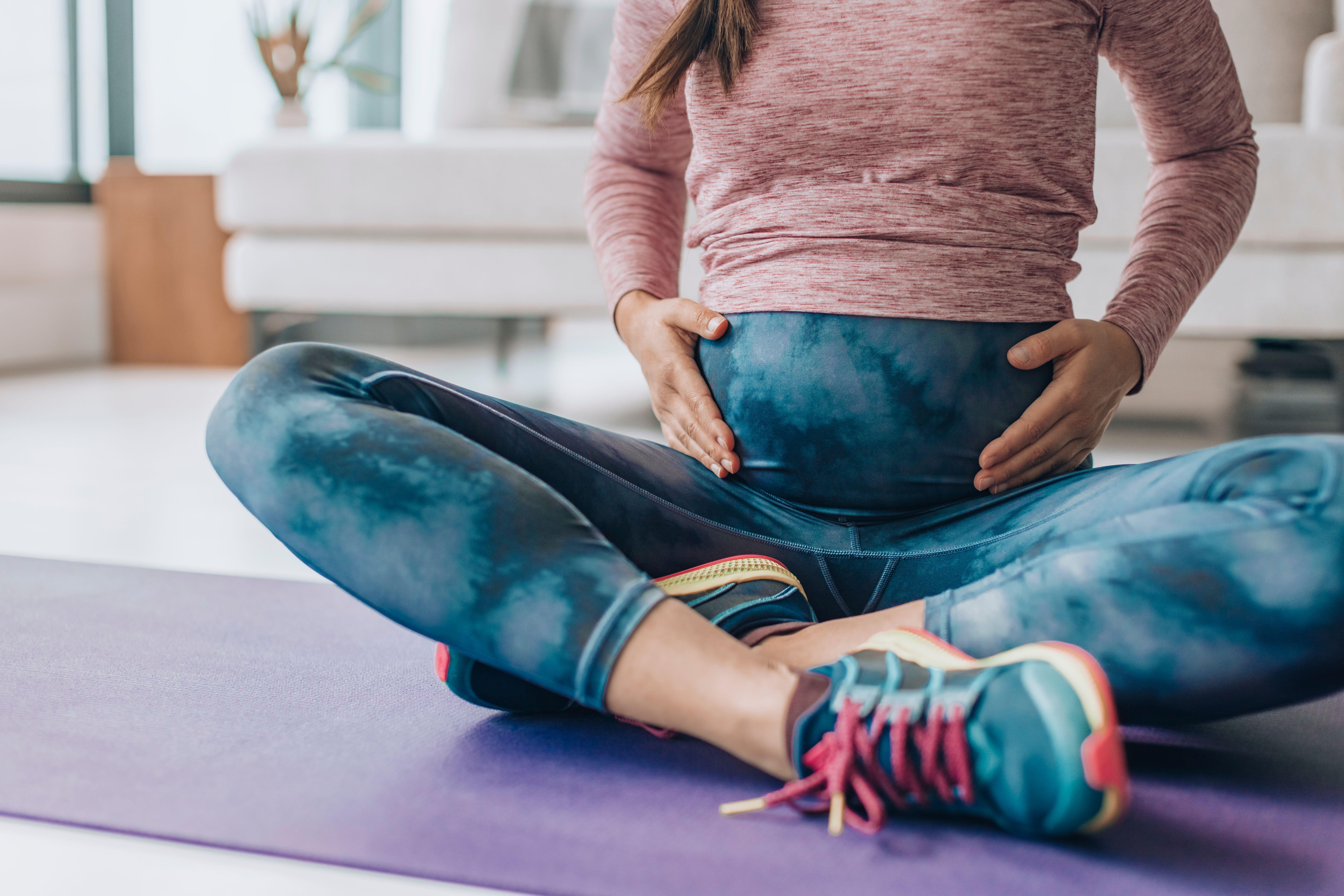How to exercise your pelvic floor
You've probably heard of pelvic floor exercises before - but are you doing them properly, or as often as you should be?

You've probably heard of pelvic floor exercises (also known as kegel exercise) before - but are you doing them properly, or as often as you should be?
Your pelvic floor is a sling of muscles that run from your pubic bone to the base of your spine. It provides support for your bladder and bowel, and gives you control when you go to the toilet.
Exercising your pelvic floor is just like exercising any other part of your body - except no one knows you're doing it unless you tell them! It's essential for building and maintaining strong muscles and preventing health problems in the future - so what should you be doing, how often, and why?
Why do you need to exercise your pelvic floor?
If your pelvic floor is weakened, you may experience incontinence, and while this can happen in both men and women, especially as we age, it's particularly common in women after having children. People with weak pelvic floor muscles often leak urine when they cough, laugh or sneeze, or during activities like exercise (this is known as stress incontinence).
Exercising your pelvic floor strengthens these muscles, and can also help restore lost sensitivity during sex - another common symptom of pregnancy and birth.
Pelvic floor muscles that are severely weak or damaged can eventually lead to prolapses, so it's important to keep them toned and healthy so that they give you the correct support.
How to exercise your pelvic floor
The NHS explains how to do a basic pelvic floor exercise in the following way:
GoodtoKnow Newsletter
Parenting advice, hot topics, best buys and family finance tips delivered straight to your inbox.
- Close up your anus as if you're trying to prevent a bowel movement
- At the same time, draw in your vagina as if you're gripping a tampon, and your urethra as if to stop the flow of urine
- At first, do this exercise quickly, tightening and releasing the muscles immediately
- Then do it slowly, holding the contractions for as long as you can before you relax: try to count to 10
- Try to do three sets of eight squeezes every day: to help you remember, you could do a set at each meal
When exercising your pelvic floor, you should not pull your stomach muscles in excessively, squeeze your legs or buttocks together, or hold your breath. It's not easy when you first start, but you need to isolate those core pelvic muscles to get the full benefit of the exercise.
To identify the right muscles, you might find it helpful to try the movement whilst you are urinating. However, you should also not practice pelvic floor exercises when you are using the toilet on a regular basis, as this may cause problems with the bladder and bowel emptying.
Varying the length and intensity of your exercises will give your muscles stamina and strenghten them as the weeks go by. According to the NHS, you'll need to do the exercises regularly for at least three months to reach maximum strength.
Pelvic floor toners
If you're finding it hard to exercise your pelvic floor independently, you may find it helpful to use a pelvic toning device. There are two main options: weight-based and electronic toners.
Weight-based toners are generally cone-shaped and contain weights of various sizes. They are designed to be inserted into the vagina like a tampon to train the correct muscles and can be worn whilst walking - although you should only use them for around 20 minutes a day.
Electronic toners stimulate and exercise your pelvic floor muscles using an internal probe which gives off a range of electronic signals, creating a similar effect to if you were exercising the muscles yourself. Electronic pelvic floor toners are typically the more expensive option, generally costing over £100, but women who have not had success with the weights or independent exercises often consider them worth the investment.
If you have a weak pelvic floor and are unsure of the right exercise for you, speak to your GP, who will be able to advise on the best course of action.
Trusted, informative, and empathetic – GoodToKnow is the ultimate online destination for parents. At GoodtoKnow, our mission is 'simple': we're trying to make sense of parenthood. On the site, you'll find everything you need for a happy, healthy family life. Our huge archive of content includes more than 18,000 articles and 1,500 how-to videos. These include expert-backed advice features on parenting, dealing with relationship changes after having a baby, self-care for mums and managing your family finances. We also feature tried-and-tested product reviews and buying recommendations for every stage of family life - from prams and Moses baskets to birthday gifts and top toys.
-
 Postpartum psychosis: causes, signs, risks and treatment
Postpartum psychosis: causes, signs, risks and treatmentPostpartum psychosis can be a terrifying experience for a new mum. More extreme than postnatal depression, it needs urgent care but there is help available.
By Debra Waters Last updated
-
 First period after a baby: What to expect from your first postpartum period
First period after a baby: What to expect from your first postpartum periodThe first period after a baby can be daunting. Here's what to expect – from how long a first postpartum period lasts to how to tell it's a period or lochia.
By Debra Waters Published
-
 Postnatal exercise: 5 ways to exercise after having a baby
Postnatal exercise: 5 ways to exercise after having a babyRegular post-pregnancy exercise can improve posture and strength, as well as increasing your energy and overall wellness
By Daniella Gray Last updated
-
 Bowel problems after pregnancy and childbirth are common but should not be ignored, here's why
Bowel problems after pregnancy and childbirth are common but should not be ignored, here's whyTwo doctors discuss the most common bowel problems after pregnancy and childbirth, sharing their advice on managing the issues and when to see a doctor
By Rachael Martin Last updated